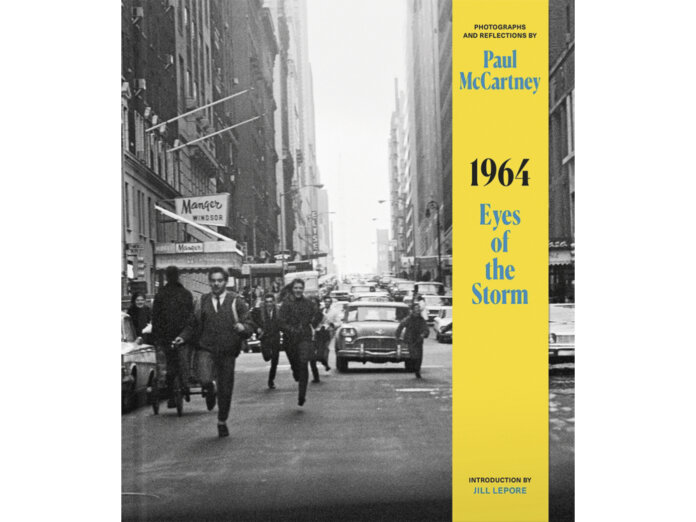Sir Paul McCartney is typically modest about the photographs in 1964: Eyes Of The Storm, which catalogue a vital three months in the life of The Beatles as they travel from Liverpool to London to Paris and over the ocean to New York, Washington and Miami. “Somewhere in the back of my mind,” he w...
Sir Paul McCartney is typically modest about the photographs in 1964: Eyes Of The Storm, which catalogue a vital three months in the life of The Beatles as they travel from Liverpool to London to Paris and over the ocean to New York, Washington and Miami. “Somewhere in the back of my mind,” he writes, “I always knew I had taken some pictures.”
Happily, the photos he took on his Pentax SLR were squirrelled away in an archive, and have now been buffed for an exhibition at London’s National Portrait Gallery. Although some are little more than snapshots – there are many shots of swimming pools in Miami – even these offer a glimpse of The Beatles at the moment when their lives, and pop culture, were exploding. All of the images capture fame from the other side of the barricade, and there is a clear progression from the grainy uncertainty of Liverpool, through the New Wave confidence of Paris, onwards and upwards over the Atlantic. America was delighted to welcome The Beatles. The band were equally thrilled to arrive, says Sir Paul, in “the land where, at least in our minds, music’s future was being born”.
The year 1964 was the culmination of a dream, but that made it no less strange when it happened. “We were strangely at the centre of this global sensation,” McCartney writes, deadpan. The chaos of Beatlemania – the unscripted pandemonium – is the storm McCartney alludes to in the title, but he is democratic in his attribution. The eyes are his, of course, and he has an unrivalled viewpoint, but many of the photographs are of cameras and faces pointing directly at him. One of them is the Slovak photojournalist Dezo Hoffman, who became a friend and offered tips, encouraging Paul to avoid using a flash. The great Harry Benson is pictured too, looking dapper and faintly suspicious. The Beatles obligingly delivered daily pictures for him, including a famous pillow fight in their Paris hotel.
There is a sense of innocence to the images. The grain of nostalgia is strong. What does McCartney see? There are plentiful candids of The Beatles, of course. John Lennon is pictured (unusually) in his black horn-rims; McCartney tries a selfie in the mirror, smoking a cigarette; Ringo is pensive; George wears two glittering top hats. Jane Asher peers through her fringe, and McCartney also shares the view from the back of the Ashers’ house in Wimpole Street, a geometric arrangement of staircases and chimney stacks. The earlier shots catch a whiff of the Britain that is about to be left behind, where The Beatles shared bills with Cilla Black and The Vernons Girls. A smiling Brian Epstein slips out of focus as he takes a picture of Paul. America is Wonderland. “It was all worth capturing,” McCartney writes, “as you didn’t know how long it would last.”



